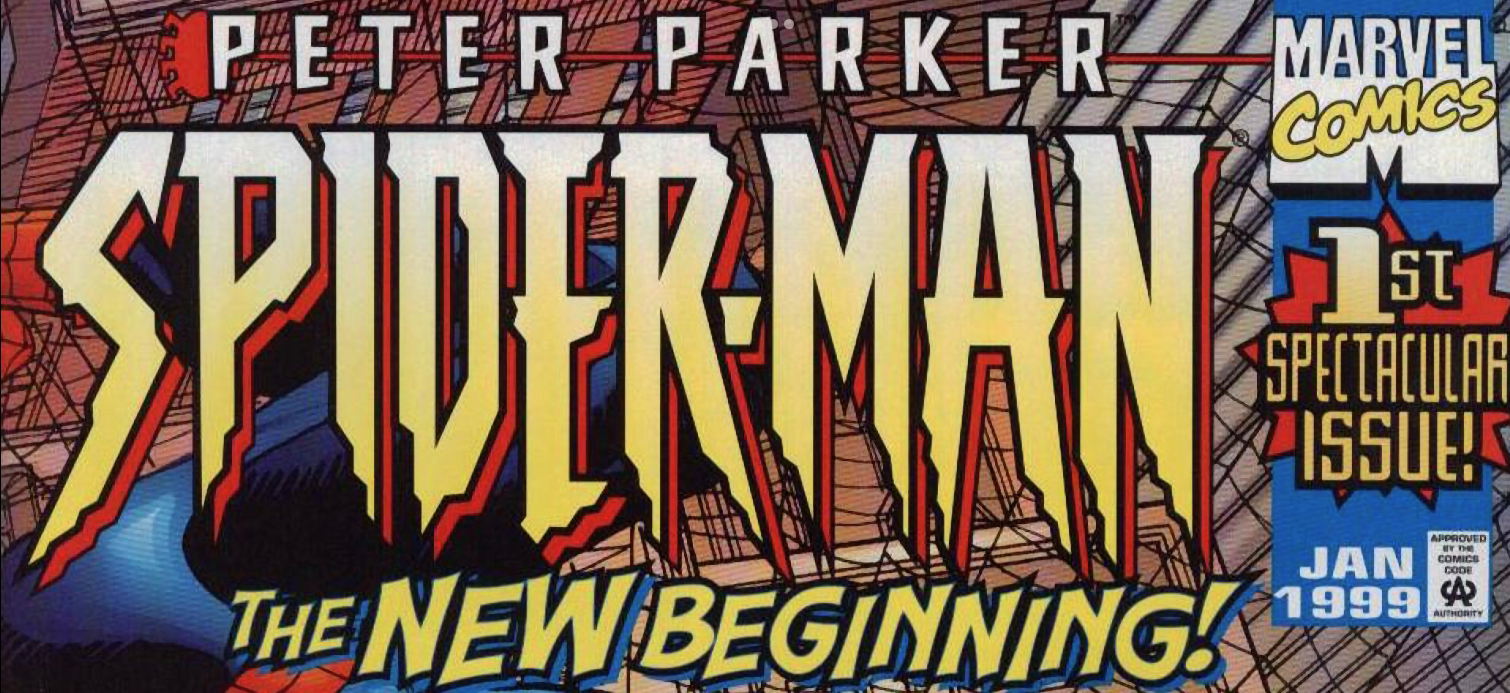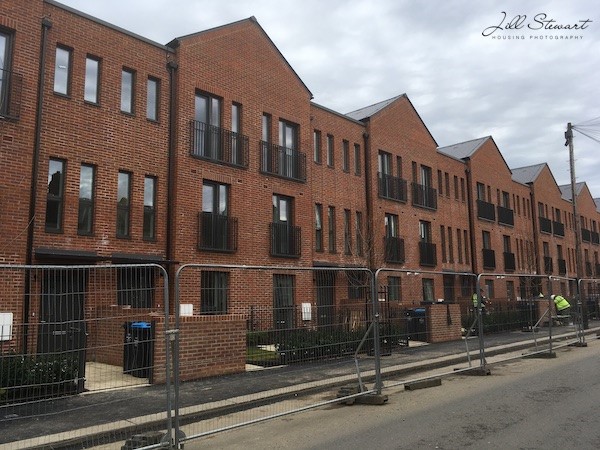
[ad_1]
I’m very pleased to feature a new post from Jill Stewart, the third of a three-part series. Jill is Associate Professor in Public Health at the University of Greenwich and has worked in housing for over 30 years. She has written previously for Municipal Dreams about the earliest environmental health practitioners before 1914 and after the First World War and on the South Oxhey Estate. This is my review of one of Jill’s books, Environmental Health and Housing: Issues for Public Health.
You can follow Jill on social media @Jill_L_Stewart and @housing-jill.bsky.social and see more of her work on her personal website, Housing, Health, Creativity.
We finished last week with Stonebridge’s tower blocks and its community up until the 1980s. The question then was what would or could happen in estates like Stonebridge Park, where socio-economic conditions combined with poor housing conditions to create an area entrenched with seemingly so many issues it seemed hard to find any way forward at all?
In 1994 The Times Chronicle reported that Stonebridge was: (1)
a housing disaster … it is an estate filled with tall, graffiti-stained concrete blocks separated by patches of dirty lawn and straggly bushes. It has a high crime rate and a growing drug problem.
Stonebridge Park had more recorded crime than any other estate in Brent, with 142 allegations per 1000 people in 1992-1993, a third of these for burglary (2).
But many of the challenges faced went far beyond the local authority, the housing stock, its local environment and ‘design disadvantagement’ (3). Stonebridge Park had become a venue, a location, for many facing disadvantage and the complex combination of chronic social and economic problems and – perhaps worse – little hope that the situation of this once poor but strong community might re-emerge into somewhere both healthier and safer to live. Stonebridge was not alone in the major challenges it faced and by the 1980s the focus was increasingly around localised management, tenant consultation and stock transfer, and research was demonstrating the potential for substantial estate improvements in many areas (see for example, 4).


There are a range of images captured around this time showing us how Stonebridge looked then. Photographs of the tower blocks taken in 1988 (Figures 1 to 3) are available to see at Tower Block UK website – the two 13-storey blocks containing 270 dwellings (Mordaunt House and Longleats House), one nine-storey block containing 39 dwellings and six seven-storey blocks containing163 dwellings. (5)
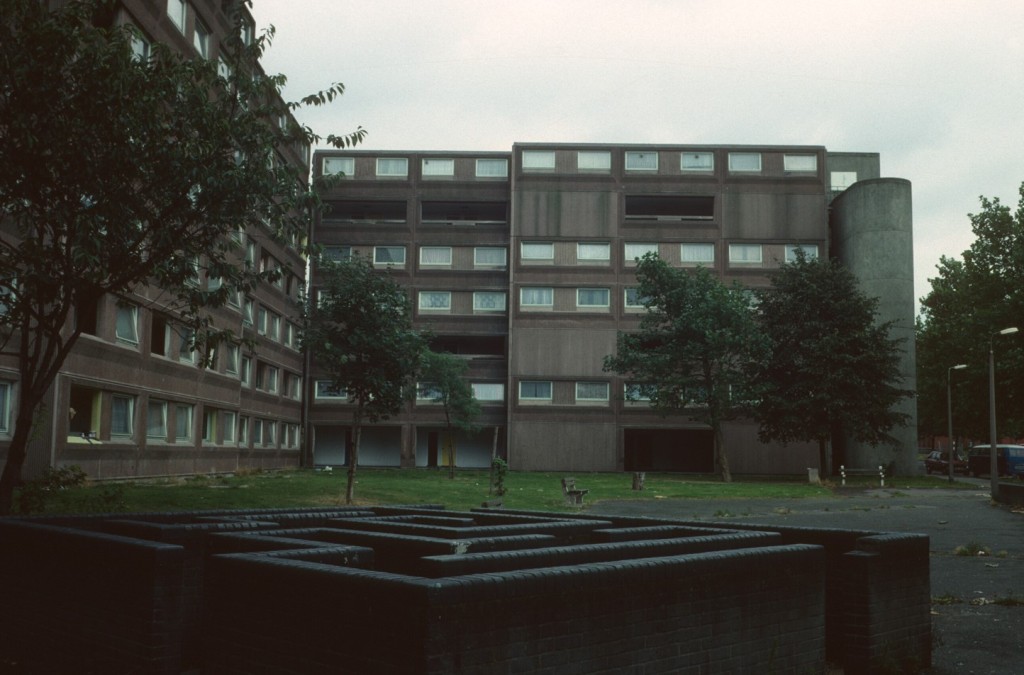
There is also some news footage (6) and a short film about Stonebridge (7). The reggae musical film Babymother (8) was set in Stonebridge and Harlesden in 1998, with a cast of local people; it captures multiple scenes of the tower blocks at Stonebridge, now long gone, and it is worth watching for that alone.
Below are some photos I took around 2000 at Stonebridge Park. Perhaps a reader can help identify the names of the tower blocks in Figures 4-7?
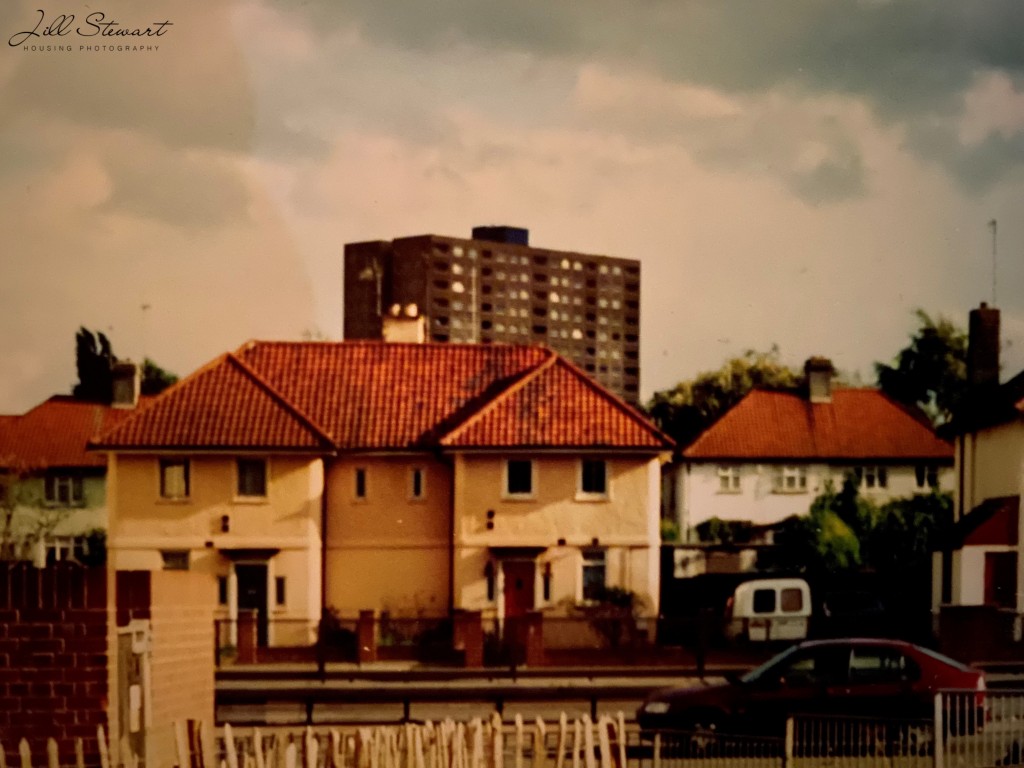



A Housing Action Trust
Central government policy provided a new approach in the late 1980s in the form of Housing Action Trusts (HATs), part of a continued, wider ideological drive questioning the very role of local authorities as housing providers and managers. HATs were established to address the most challenging estates in the country and transfer to other landlords as part of a ‘privatising agenda’, since councils were not eligible for the substantial funding made available (9). Six Housing Action Trusts were established, one being Stonebridge, positioning it amongst the ‘worst’ estates in the country. This in itself demonstrates the major and complex challenges of the estate and that working toward solutions required strategies across multiple policy areas.
Stonebridge tenants voted in favour of a voluntary partnership HAT in 1991, encouraged by a major funding opportunity that would not otherwise be available. This was based on a cooperative model with rent levels and investment secured and an option to return to the local authority. Levels of voting were low but fulfilled the requirements for transfer (1, 10). The HAT was declared in 1994 with a range of funding. The HAT provided for tenants and health initiatives to be more pivotal in the regeneration process with partners. The Corporate Plan (1996-99) (11) (Fig 8) outlined the overall vision, achievements to date and future plans, including resident involvement, provision of good quality homes, improving youth and leisure facilities, improving housing management and increasing tenure choice.
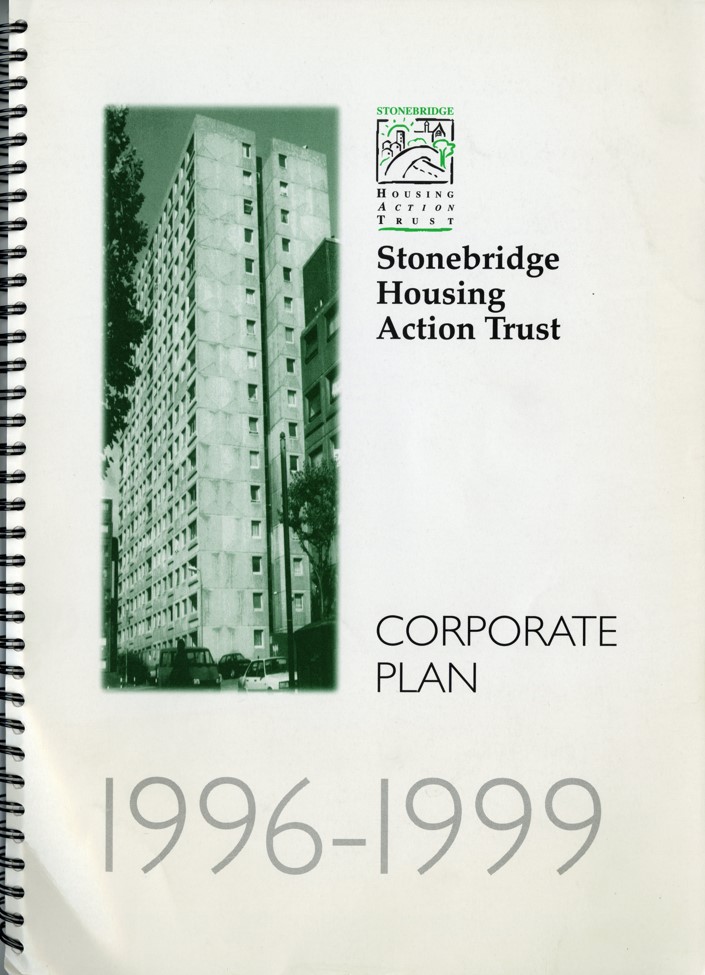

This second complete redevelopment and regeneration was to be substantial. All the tower blocks are now gone, with a completely new living environment and opportunities available. The HAT ended in 2007 and the housing is largely split between Hillside Housing Trust (Hyde Group) and the London Borough of Brent. In 2008 the redevelopment received the European Urban and Regional Planning Award for public participation in housing (12).
There is still much reference to the ‘notorious run down 1960s Stonebridge Estate’ (13) but now with a more positive spin. Stonebridge has recently received numerous awards, including the Best Large Development at the National Housing Awards 2016. The judges said that this was:
A super example of regeneration with lots of benefit to the wider community. An architecturally varied and interesting scheme, particularly impressive is the intent of the landscape design. It has transformed one of London’s most challenging communities.
The development was shortlisted for the 2017 Housing Design Awards, 2017 Building Awards ‘Housing Project of the Year’, 24 Housing Awards 2018 ‘Affordable Housing Scheme of the Year’ and awarded a commendation in the 2019 Civic Trust Awards (14).
Visiting Stonebridge Park today, it certainly looks very different; in fact parts are entirely unrecognisable. Although there remain no hints of its tower block past, there are hints of its Victorian past and some of the terraces remain as does the entire Brentfield area. A very different vista awaits with a range of building styles and green spaces. Many of the pubs are gone – the Coach and Horses, the Orange Tree – but street names still hint at a dynamic past, including Mandela Close and Windrush Road. At the time of writing, the Altamira (see my first post on Stonebridge Park, Fig 4), once a showcase Victorian villa, is fenced off, presumably awaiting demolition.
But what has this meant for the health of those who now live there? The Joint Strategic Needs Assessment (JSNA) – in a sense the modern equivalent of the Medical Officer of Health’s (MoH) Report – indicates that the most highly deprived parts of Brent Council are in Stonebridge and Harlesden (15, 16). Brent has one Lower Layer Super Output Area (LSOA) that is within the 5 percent most deprived in England, in the area from Hillside to Milton Avenue in Stonebridge (readers might like to name check the roads from the 1933 MoH report in my first Stonebridge Park post, Fig 10). Some of the main problems are associated with barriers to physical and financial access to housing, including affordability.

Brent Council’s website reports that new council homes (and mixed tenure) and retail premises will be constructed on Milton and Hillside, along with retail space and new public open space (17) Regeneration is of course a long term strategy to bring about sustainable change to an areas and things are feeling much better for Stonebridge now. The range of photographs below perhaps best demonstrate Stonebridge Park as it now looks, with its new housing and health venues. The area also boasts the astonishing Shri Swaminarayan Mandir (Fig 10), completed 1995, literally positioned along Conduit Way, where our story of Stonebridge Park’s council housing started at the Brentfield estate.


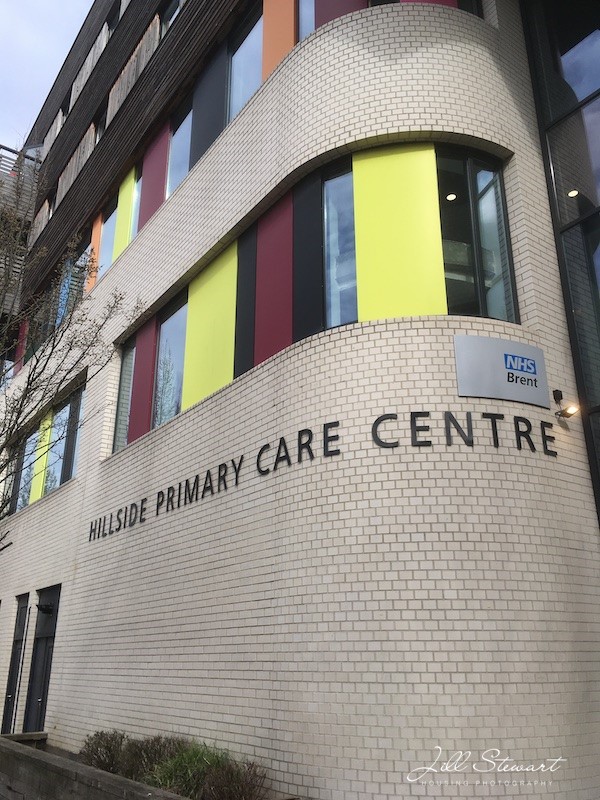



References
(1) ‘Housing Trust intends to redevelop estate’, The Times Chronicle Series, 24 February 1994, p. 8
(2) ‘27 Facts and figures on the Stonebridge estate’, Inside Housing, 14 April 1994, p. 11
(3) Coleman, A. (1990) Utopia on Trial. Vision and Reality in Planned Housing. Revised edition (Hilary Shipman Ltd, London)
(4) Tunstall, R. and Coulter, A. (2006) Twenty-five Years on Twenty Estates: Turning the Tide? (The Policy Press for the Joseph Rowntree Foundation, Bristol)
(5) Stonebridge Redevelopment Area, Stage III, Tower Block UK website photos of Bison blocks taken in 1988
(6) This 30-second clip from Thames News on Stonebridge Park in the 1980s can be viewed on YouTube.
(7) This Thames News film footage of the Stonebridge Estate can be viewed on YouTube.
(8) The trailer for this film can be viewed on YouTube.
(9) Boughton, J. (2018) Municipal Dreams: The Rise and Fall of Council Housing (Verso)
(10) ‘Tenants say: ‘HAT’s the way to go forward’’, Hayman, K. The Times Chronicle Series, 7 April 1994, 1994, p. 7
(11) Stonebridge Housing Action Trust Corporate Plan 1996-1999
(12) Wikipedia, Stonebridge, London
(13) Hyde Housing Association, Stonebridge Estate
(14) Housing Design Awards, Spring at Stonebridge Park
(15) Business Intelligence Team, Brent Council, 2019 Indices of Deprivation
(16) Brent Council, Stonebridge Diversity Profile
(17) Brent Council, Milton and Hillside, Stonebridge
[ad_2]



